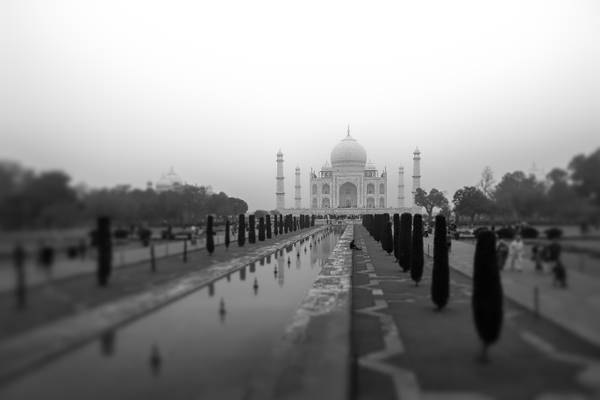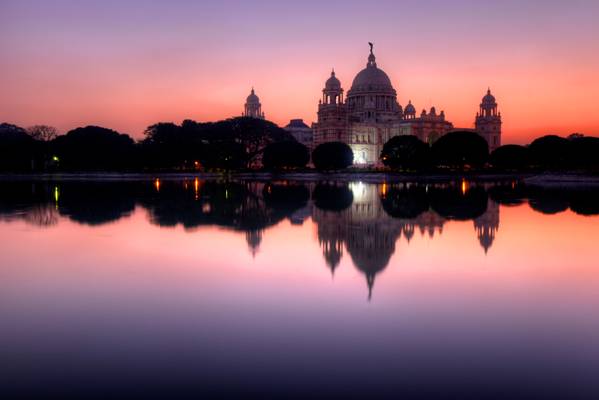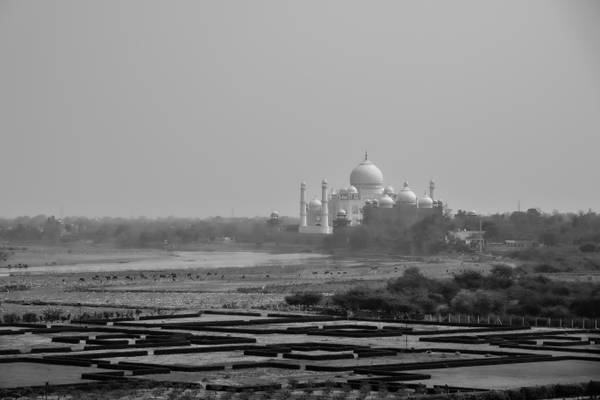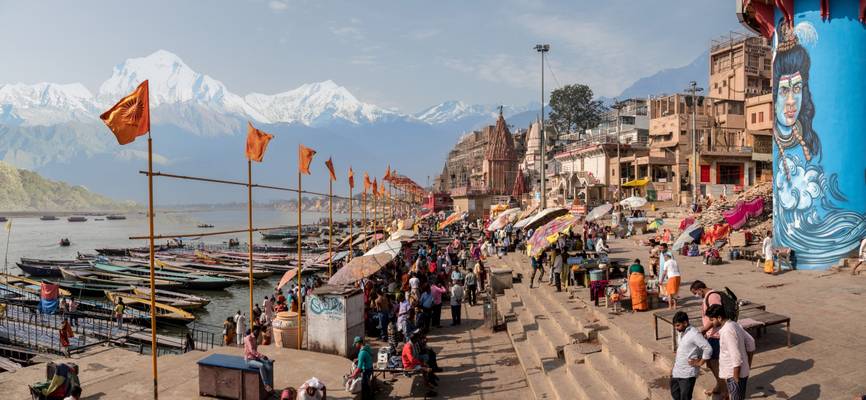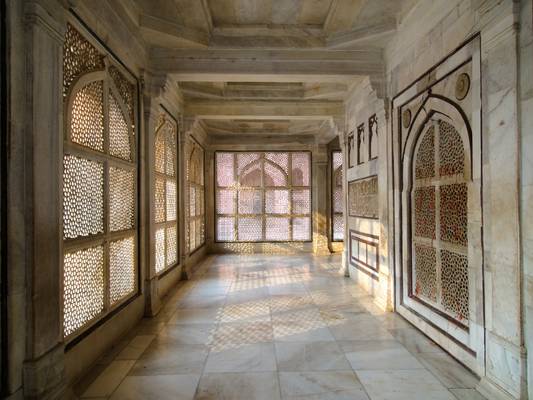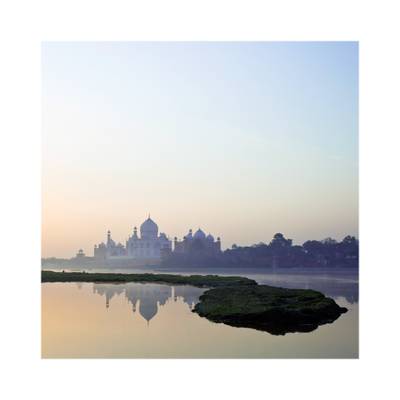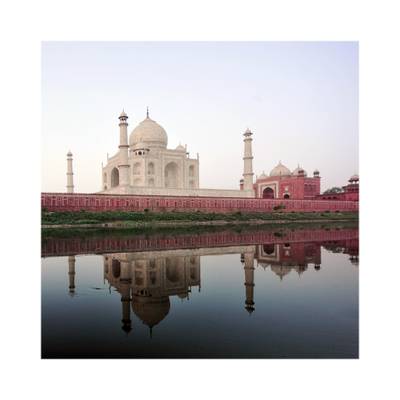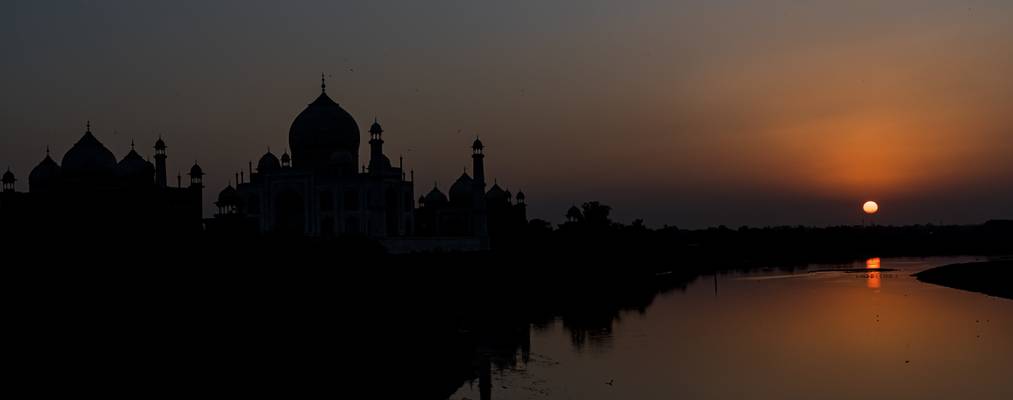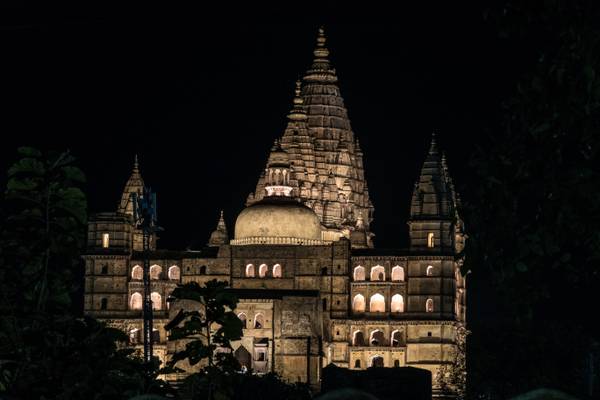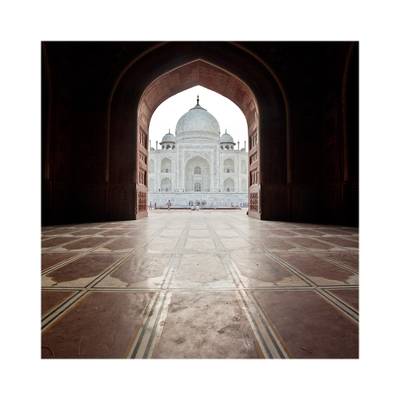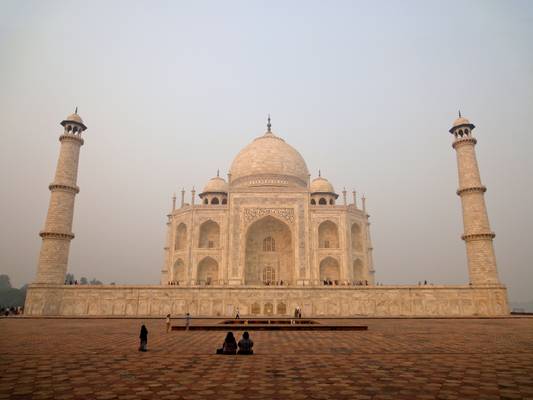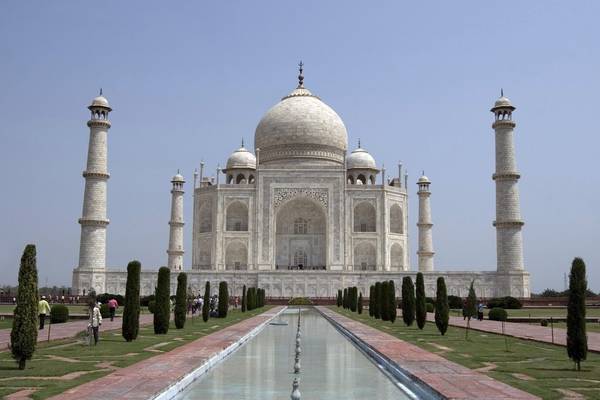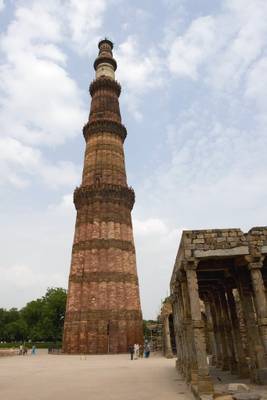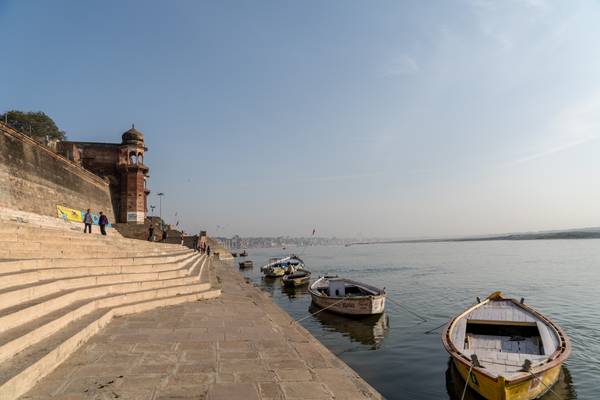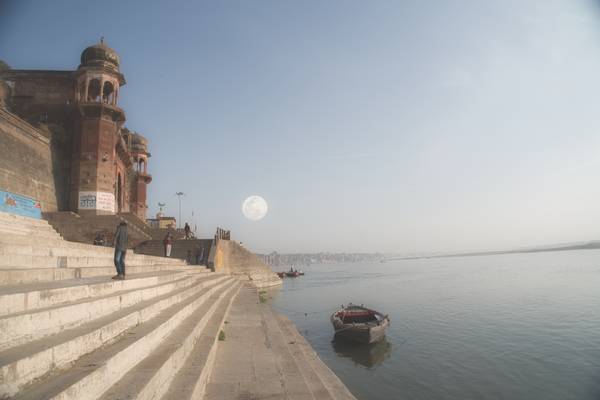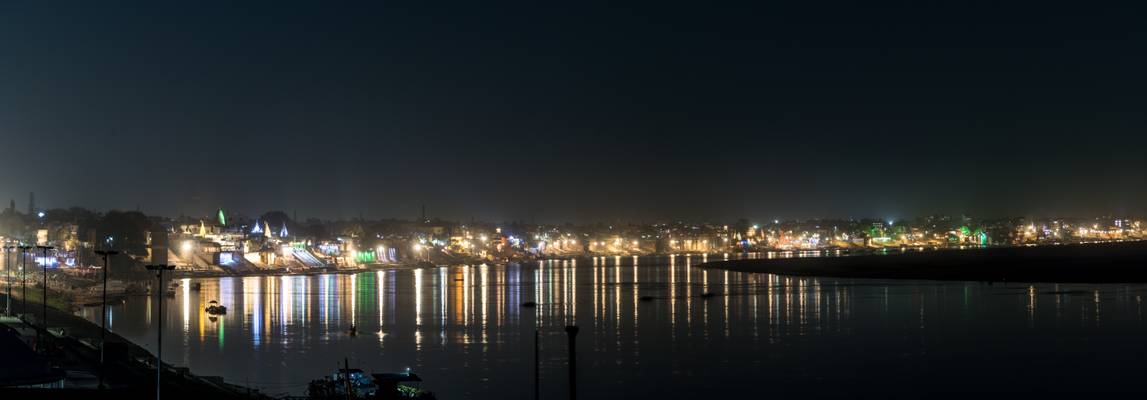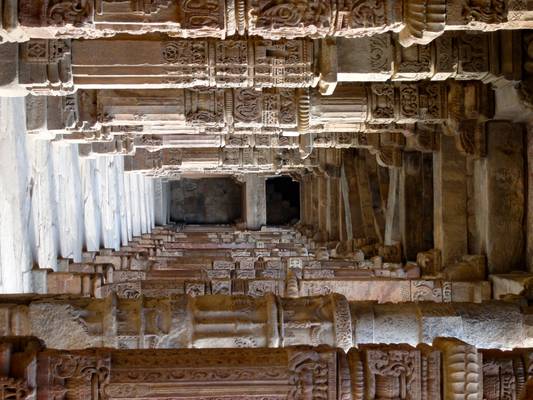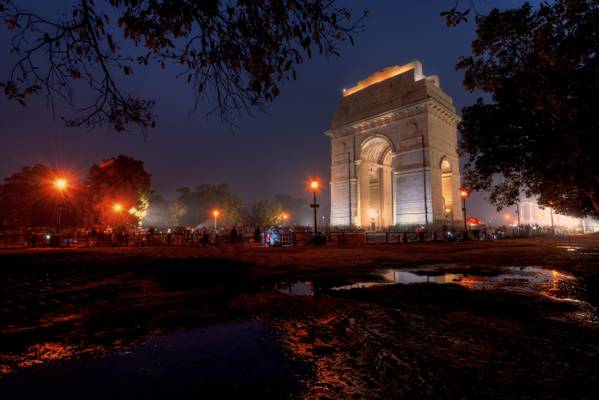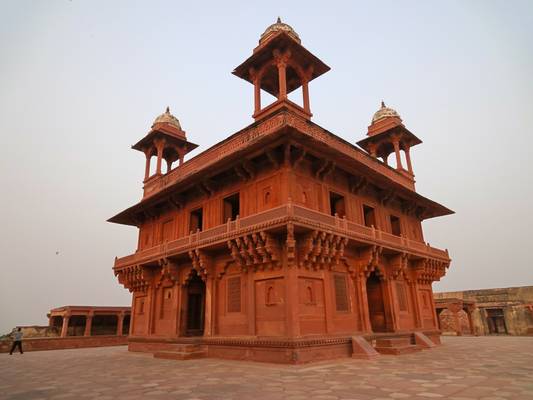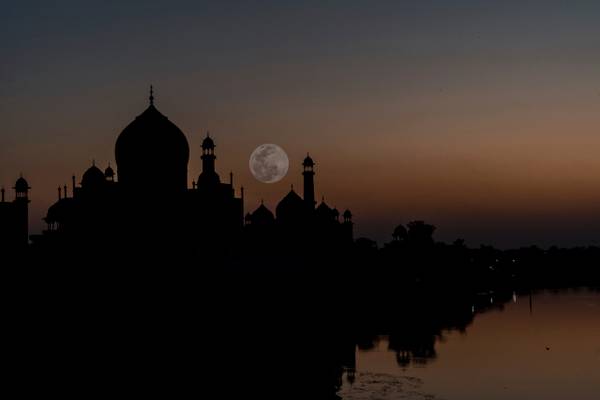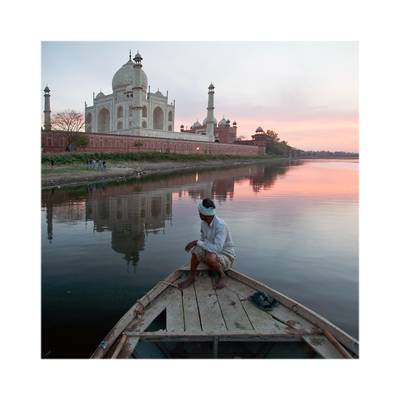
Ganga Yamuna River Basin

by Joao Eduardo Figueiredo
2__DSC1711

by Andrey Sulitskiy
SONY DSC
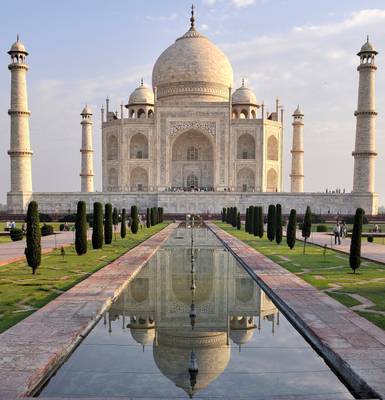
by Joao Eduardo Figueiredo
2__DSC1703
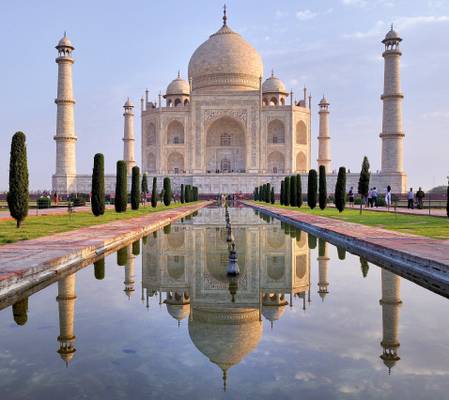
by Joao Eduardo Figueiredo
2__DSC1707
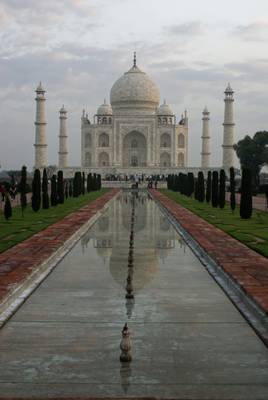
by jim stephenw
SONY DSC
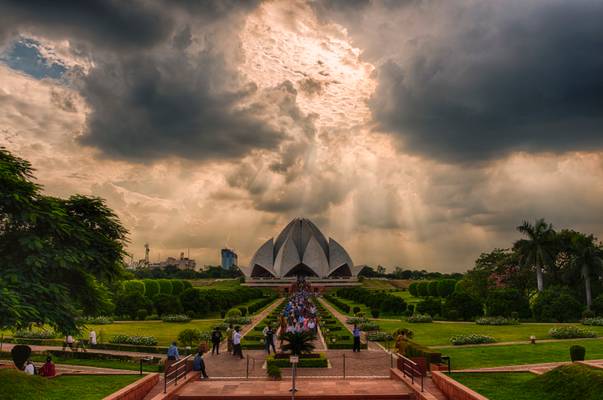
by Sandeep Thomas
- William Hazlitt.
| facebook | 500px | ferpectshotz |
I took this short shortly before sunset as we were just coming out of the information center of the Baha’i Lotus temple in New Delhi. The lighting conditions you will find in Delhi these days are not ideal for a photographer, it’s usually very hazy and the sky usually has a thick cloud cover. When I went there I was hoping for a sunset but after spending about an hour while coming out of the information center which was located opposite the entrance to the lotus temple the above scene happened. The clouds opened up for a minute and sun rays burst through lighting up the whole temple nicely. I literally had to run up the stairs to the top of the information center building to take this shot which is basically a 5 shot tone mapped HDR.
Hope you all like it, have a good day and thanks for visiting :)
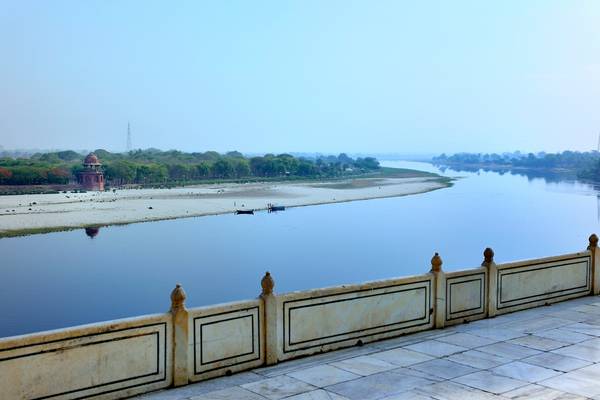
by Joao Eduardo Figueiredo
2__DSC1839
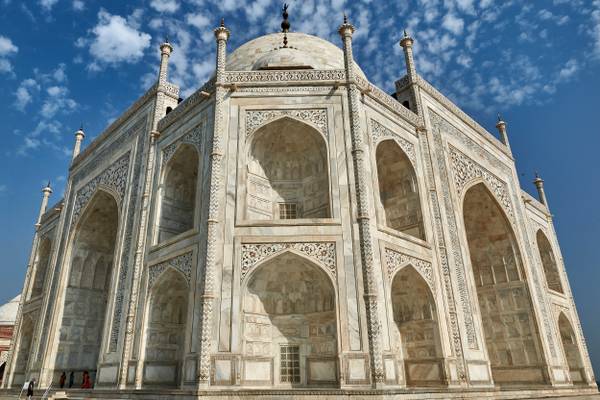
by Joao Eduardo Figueiredo
2__DSC1858
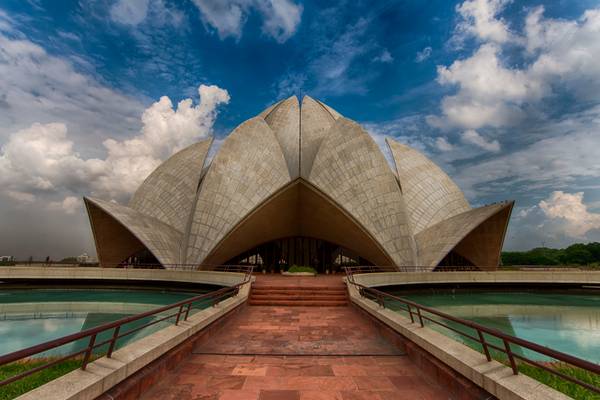
by Sandeep Thomas
-Winston Churchill.
| facebook | 500px | ferpectshotz |
This is the Lotus temple, one of the landmark buildings of New Delhi, India. It is a Baha’i House of Worship completed in 1986. Notable for its flowerlike shape, it serves as the Mother Temple of the Indian subcontinent and has become a prominent attraction in the city. The Lotus Temple has won numerous architectural awards and been featured in hundreds of newspaper and magazine articles.
Like all other Baha’i Houses of Worship, the Lotus Temple is open to all regardless of religion, or any other distinction, as emphasized in Baha’i texts. The Baha’i laws emphasize that the spirit of the House of Worship be that it is a gathering place where people of all religions may worship God without denominational restrictions. The Baha’i laws also stipulate that only the holy scriptures of the Baha’i Faith and other religions can be read or chanted inside in any language; while readings and prayers can be set to music by choirs, no musical instruments can be played inside. Furthermore no sermons can be delivered, and there can be no ritualistic ceremonies practiced.
The architect was an Iranian, who now lives in Canada, named Fariborz Sahba. He was approached in 1976 to design it and later oversaw its construction. The structural design was undertaken by the UK firm Flint and Neill. The major part of the funds needed to buy this land was donated by Ardishír Rustampúr of Hyderabad, who gave his entire life savings for this purpose in 1953. A portion of construction budget was saved and used to build a greenhouse to study indigenous plants and flowers that would be appropriate for use on the site.
I first visited this temple in 2005 and was fascinated by both the faith and the incredible simplicity of this building and the rituals associated by them. Finally I had a chance to visit the building and get a shot without the tourists.

by Daniel Cheong
Foggy early morning in Red Fort, New Delhi. You might want to check Red Fort #1
4 exposures Digital Blending.
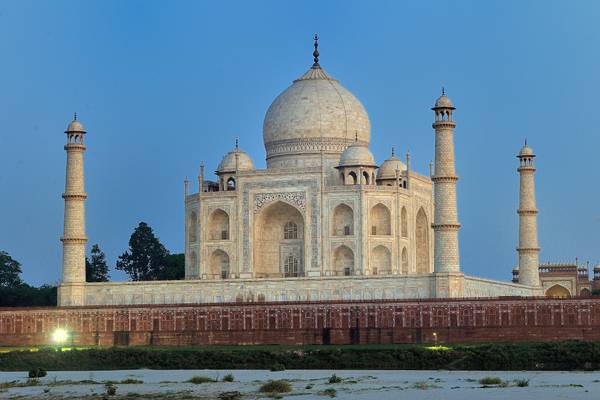
by Joao Eduardo Figueiredo
2__DSC1634
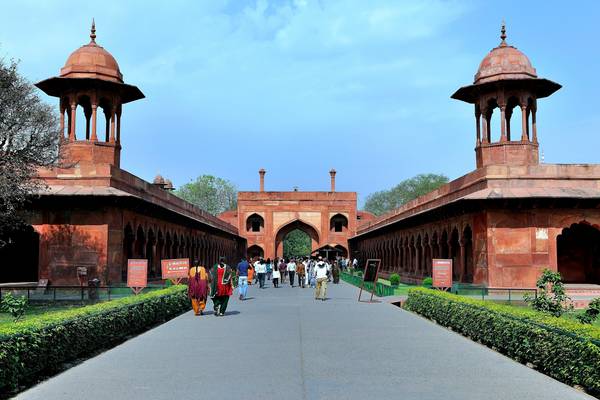
by Joao Eduardo Figueiredo
2__DSC1890
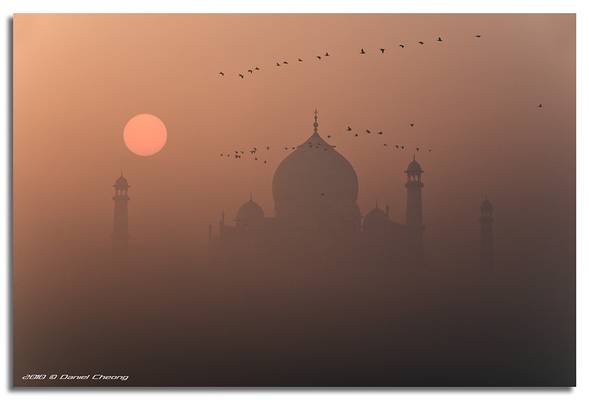
by Daniel Cheong
First of all, Happy New Year my dear friends, all the best for 2010!
I am just back from a short trip to India. I will start with an iconic landmark, the Taj Mahal, shot across the Yamuna River at sunrise. I was not expecting that much fog though! The Taj is barely visible on the original shot, thanks to Photoshop for somehow saving that shot!
Incredible !ndia it is! ;-)

by Daniel Cheong
Red Fort, New Delhi.
Thanks to my friend Babul Bhatt for spending the whole day with me and my wife, and taking us to several places in New Delhi.
My next post will be a street shot from the famous Chandni Chowk district. A premiere on my photo stream! ;-)
Technical note: 5 exposures handheld tone-mapped (Photomatix) HDR.
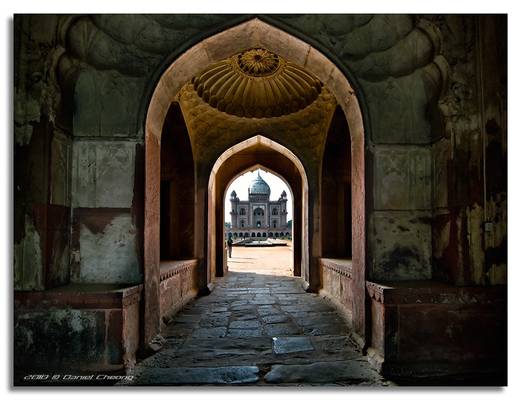
by Daniel Cheong
Back to my India shots!
Safdarjung's Tomb is a garden tomb in a marble mausoleum in Delhi. It was built in 1754.
5 exposures (shot handheld) Digital Blending. I tried HDR tone-mapping with Photomatix first but the result was totally useless, too much noise, so I decided to manually blend it, which was quite easy to do actually.
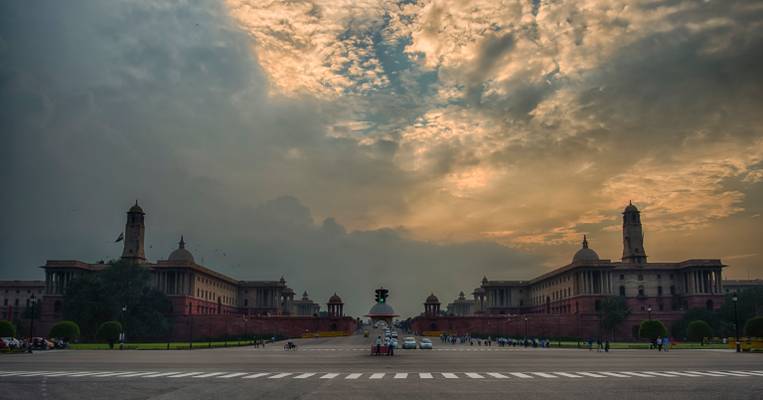
by Sandeep Thomas
- Edward Hopper.
| facebook | 500px | ferpectshotz |
Another shot from Lutyen’s Delhi. This is the Vijay Chowk (Victory Path) and Rajpath (King’s Road) leading to the Rashtrapathi Bhavan (Presidents Palace) on Raisina Hills. The Buildings to the left are called rather imaginatively the North Block and the ones to the right the South Block. North Block and South Block, also called the Secretariat Building. North Block houses the offices of Finance and Home ministries. South Block hosts External affairs and Defense ministries. Other important offices like some of the Prime Ministers Offices are also in the Secretariat Buildings. So essentially this cluster of buildings control the world’s largest democracy.
I got this shot just before the sun was setting and as government employees were pouring out of these buildings at the end of a shift. The security and police presence in this area is beyond imaginable and I was questioned twice for photographing but once I explained what I was doing they were pretty cool about it and offered me suggestion some nice locations.

by Joao Eduardo Figueiredo
2__DSC1597
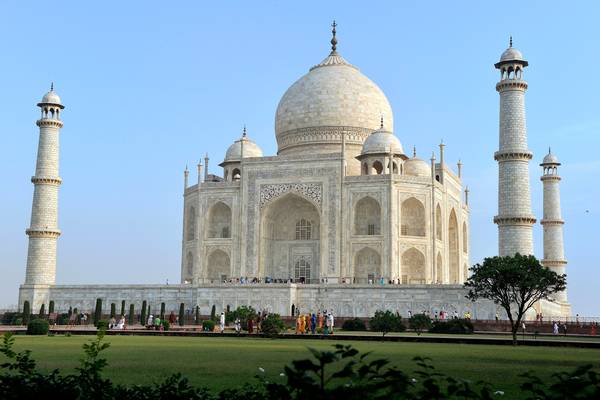
by Joao Eduardo Figueiredo
2__DSC1751
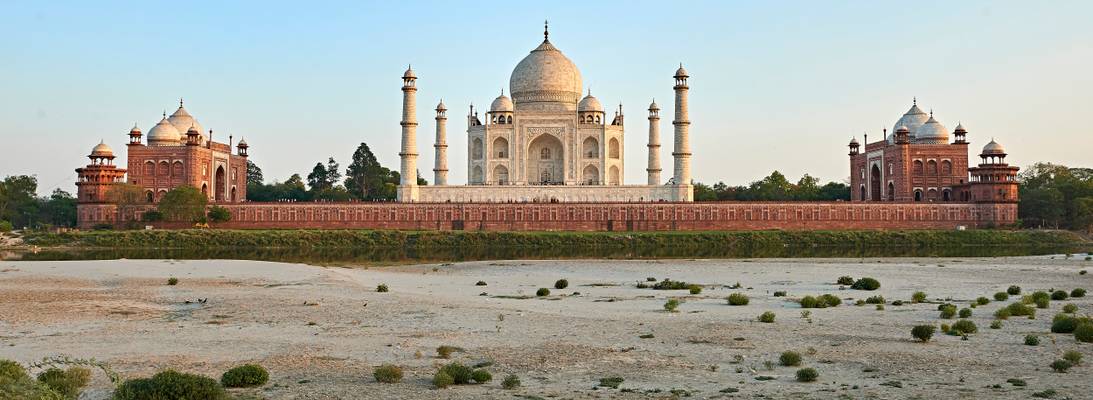
by Joao Eduardo Figueiredo
2__DSC1595
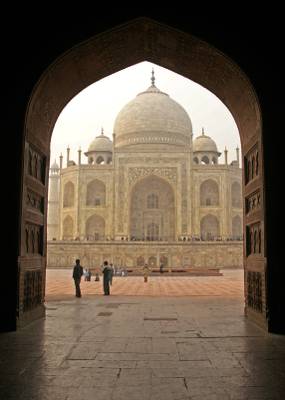
by Andrey Sulitskiy
SONY DSC

by Joao Eduardo Figueiredo
2__DSC1557
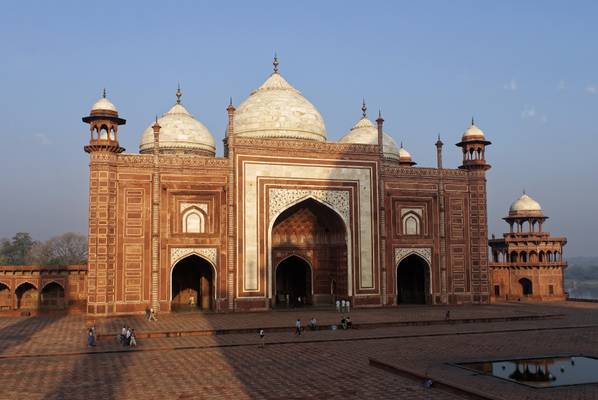
by jim stephenw
SONY DSC
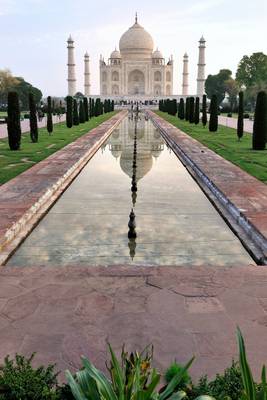
by Joao Eduardo Figueiredo
2__DSC1666
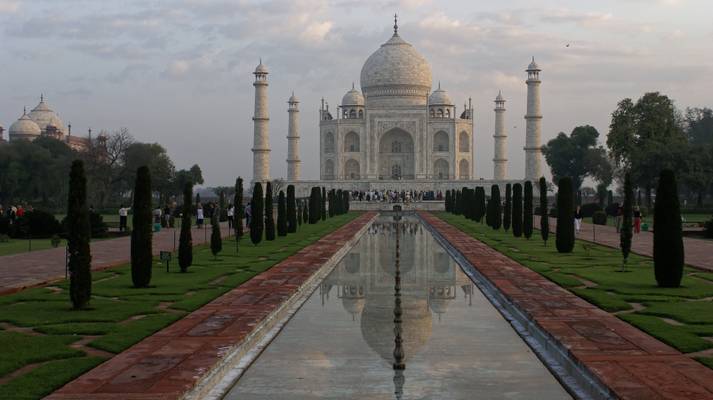
by jim stephenw
SONY DSC
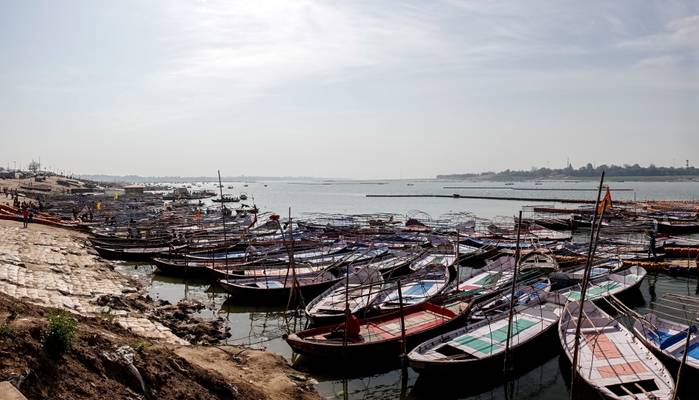
by Pierre Heimann
Where Yamuna and Ganga join
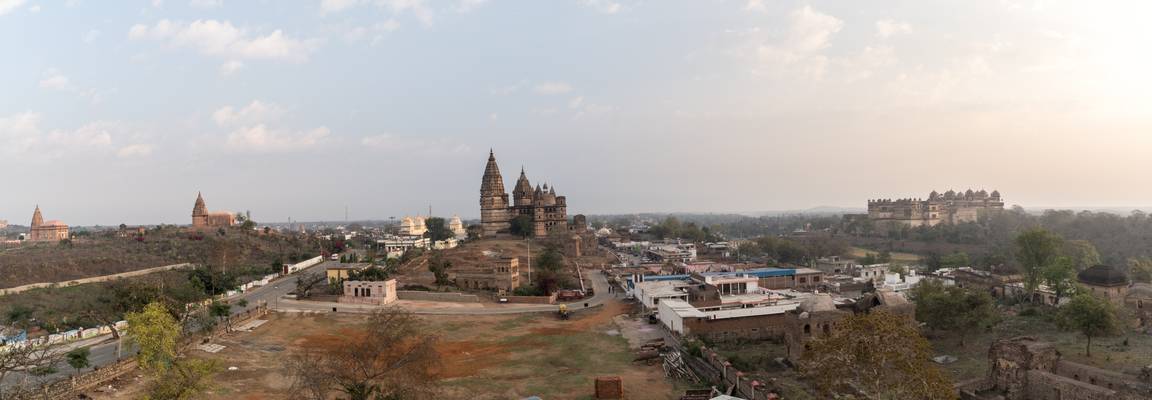
by Pierre Heimann
Taken from the water tower
Thanks to all Phoide contributors to Ganga Yamuna River Basin!
Most notably Pierre Heimann, Joao Eduardo Figueiredo, Christian Seifert, Sandeep Thomas, Romain Pontida, Daniel Cheong and Andrey Bogdanov.
